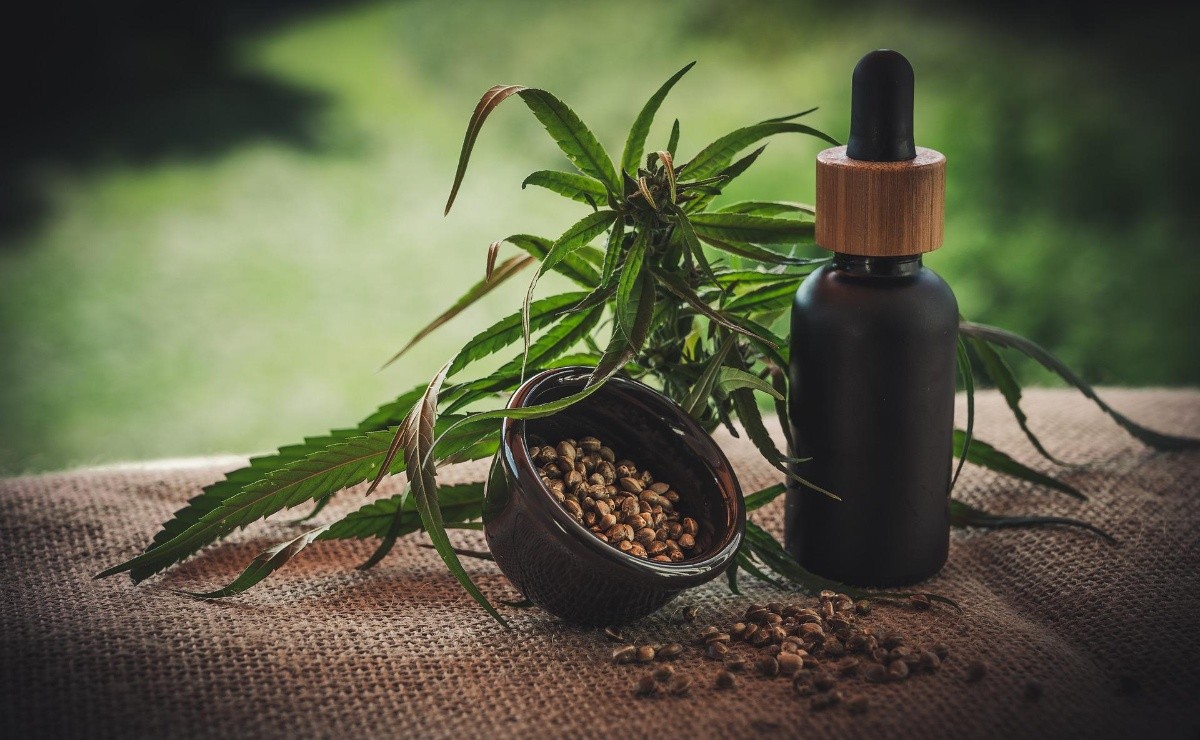
Spain will regulate, for the first time and within a period of six months, the use of medicinal cannabis as a therapeutic complement to calm the pain of some pathologies. But it remains to be seen how many affected people will be able to benefit from it, how they will take it and where they will buy it.
The Health and Consumption Commission of the Congress of Deputies has definitively approved this Monday the opinion on which the Government must now base itself to regularize, within a period of six months, medicinal cannabis as a therapeutic complement.
The next step is to send the text as approved by the subcommittee last week to the Spanish Agency for Medicines and Health Products (AEMPS) so that the necessary work can begin as soon as possible so that medicines with cannabis-derived products can become a reality. in Spain at the end of the year.
With this endorsement begins the term that the Ministry of Health will have to find "fit" in the regulations of parliamentary recommendations, which include use for chronic pain -also neuropathic-, cancer, endometriosis, spasticity in patients with multiple sclerosis, some forms of epilepsy, and nausea and vomiting associated with chemotherapy.

One of the main novelties introduced by the final text was to broaden its indications, initially limited to spasticity in people with multiple sclerosis, seizures in some forms of epilepsy, and chronic non-cancer pain, including neuropathic pain.
Finally, after intense negotiations between the parliamentary groups, the use of medicinal cannabis was extended to endometriosis, cancer pain and nausea and vomiting derived from chemotherapy.
"One could have been a little more generous in the interpretation of the evidence and have included anorexia in cancer patients and sleep disorders," Manuel Guzmán, professor of Biochemistry and Molecular Biology at the Complutense University of Madrid, told Efe.
Adding all the indications, and based on the experience of countries such as the United States, Canada, Israel or the Netherlands, Guzmán launches the figure of 0.5% of the population as potential beneficiaries, which is reduced to more than 200,000. Although it warns: it is a "very rough" estimate that, until the program starts, cannot be fine-tuned.
At the moment, he sees it as an alternative therapy in the second or third line; In the future, he predicts that CBD -the non-psychoactive compound- will be one of the first antiepileptic options for pediatric epilepsies and THC is "close" to being one for sleep disorders, but "much more research is needed".
Thus, the most relevant groups that medicinal cannabis will target are people with chronic non-cancer pain and those with cancer. But never as a first option.
The Spanish Society of Pain (SED) sees "very logical" that it will be incorporated as an adjuvant medication in a patient in the oncological process, the coordinator of its Cannabinoids Working Group, Jesús de Santiago, tells Efe.
“Not everyone who has a tumor is going to be given a cannabinoid”, so it is not an easy group to calculate.
According to the Spanish Society of Medical Oncology (SEOM), the presence of pain is variable, and depends on the type and extent of the disease, as well as individual tolerance, so it estimates that pain may be the main symptom 40% of those in treatment and 75% with advanced cancer.
Medical cannabis for refractory pain
The position -which has recently been updated- of the SED is that cannabinoids should be used in the third line for refractory pain -that which is not controlled with the available treatments-, especially neuropathic pain; for the others, it would have to be considered as an individual therapeutic trial if all established treatments have failed and in the context of a multidisciplinary evaluation. That is, individualize case by case.
Among patients with chronic pain, 8% are neuropathic and, within this subgroup, between 30% and 50% are refractory, with which the potential beneficiaries of this new treatment would be around 400,000, calculates this doctor.
The others, he insists, should be studied within the context of an individualized essay. This is what should happen to relieve the visceral pain of endometriosis, which according to the Care Guide for women with endometriosis in the National Health System -from 2013- affects more than 2 million women.
Also fibromyalgia, a type of nociplastic pain -those considered orphans because it is not known exactly where they are located-, which usually manifests as generalized pain, associated with fatigue and sleep and gastrointestinal disorders and which some 900,000 Spaniards suffer from.
But the president of the Medicinal Cannabis Observatory, Carola Pérez, is not so clear “until she sees it black on white”, since the subcommittee’s report does not explicitly refer to this disease as it does with endometriosis.
Where will medical cannabis be sold?
Nor does it clarify who is going to dispense these preparations: it opens the door to "exploring the alternative" of community pharmacies, but says that "preferably" they should be hospital ones.
Guzmán values this mention, convinced that all of them must be included to make life easier for those patients who do not live in large cities or have easy access to a hospital. The same happens with the flowers that were excluded at the beginning and that the final text collects “triptically” to value them as an experimental project.
In the same way, the prescription has finally been extended to “health professionals”, although making clear the preference that they be specialists in the area of each patient to be treated.
The expert in pain speaks about this: De Santiago points out that the doctor must feel "sure" that what he is prescribing is also safe, so, at least at the beginning, while the experience progresses, it must be the specialists and with specific training in cannabinoids those who prescribe these medications.
Because, as drugs that they will be, we must not forget their contraindications: they should not be used by pregnant women, people with cardiovascular conditions or, above all, with a history of psychiatric disorders or a history of toxic abuse.
Nor its side effects: it is a psychoactive substance that "high" and that, like other psychoactive drugs, can cause dislocation, dizziness, a feeling of fatigue or short-term memory loss or even "a bad trip", understood as phobia, paranoia or anxiety attack and that, at one extreme, can lead to psychosis, adds the professor.
The risk of increasing consumption
One of the greatest fears that held back this step was the fear of an increase in consumption; That is why Guzmán urges administrations to undertake training and awareness programs.
“Dispensing programs that have been coupled with other education programs have had better results than completely mercantilist and free competition programs. People need to understand that a medicine, because it is a medicine, does not have to be good for a person who is not sick. I don’t give myself chemotherapy if I don’t have cancer and I don’t take an antibiotic if I don’t have an infection. It’s easy to understand," he sums up.
Everything that has been said so far still has to be regulated and Congress has given the Spanish Agency for Medicines and Health Products (AEMPS) six months to do so; Guzmán is not suspicious and shows his desire that "by Christmas the first patient can be accessing his medicine in a pharmacy." From there, it is when the filming will really begin.
Carola Pérez is somewhat more skeptical "as is health": she values this "giant step" that has cost her seven years of struggle, but she needs to see the recommendations, which are "somewhat short", reflected in the world real, he says with a broken voice.
For the patients he represents, it is "a very important first step also on an emotional level" because they have been "for years on the black market being prejudged, stigmatized, without company or legal or health security."
"And now, finally, it is recognized that we are not criminals," he applauds.